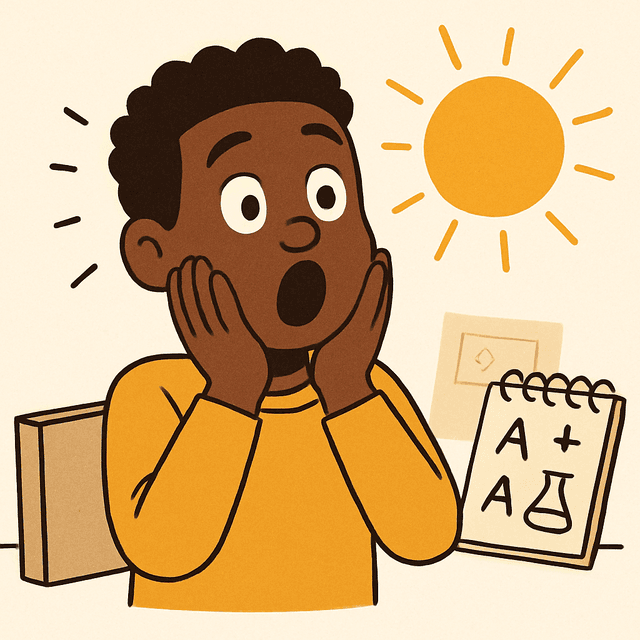Myths about teaching can hold you back
- Year 4
- Year 4
Exploring characterisation in 'Greenling'
I can compare characterisation within a text.
These resources were made for remote use during the pandemic, not classroom teaching.
Switch to our new teaching resources now - designed by teachers and leading subject experts, and tested in classrooms.
Lesson details
Key learning points
- A character's body language can give clues about what they are thinking or feeling.
- Body language is used in ‘Greenling’ to convey the characterisation of the Barleycorns and the Greenling.
- Understanding a character's motives helps us to understand the story and empathise with the characters.
- A reader’s own experiences can also support inferring a character’s motives.
Keywords
Character traits - Character traits are the special qualities that make a character in a story unique and interesting.
Characterisation - Characterisation is the way an author and illustrator describes and develops the personalities and traits of the characters in a story.
Body language - Body language is the way people communicate their thoughts, feelings, and emotions through their movements and gestures without using words.
Inference - Inference means to use clues from within the text to draw conclusions.
Motives - Motives refer to a person’s reasons for doing something.
Common misconception
Pupils may have difficulty understanding characterisation through body language.
Play a game where children use body language to convey different feelings and thoughts and their partner needs to guess.
To help you plan your year 4 English lesson on: Exploring characterisation in 'Greenling', download all teaching resources for free and adapt to suit your pupils' needs...
To help you plan your year 4 English lesson on: Exploring characterisation in 'Greenling', download all teaching resources for free and adapt to suit your pupils' needs.
The starter quiz will activate and check your pupils' prior knowledge, with versions available both with and without answers in PDF format.
We use learning cycles to break down learning into key concepts or ideas linked to the learning outcome. Each learning cycle features explanations with checks for understanding and practice tasks with feedback. All of this is found in our slide decks, ready for you to download and edit. The practice tasks are also available as printable worksheets and some lessons have additional materials with extra material you might need for teaching the lesson.
The assessment exit quiz will test your pupils' understanding of the key learning points.
Our video is a tool for planning, showing how other teachers might teach the lesson, offering helpful tips, modelled explanations and inspiration for your own delivery in the classroom. Plus, you can set it as homework or revision for pupils and keep their learning on track by sharing an online pupil version of this lesson.
Explore more key stage 2 English lessons from the 'Greenling': reading unit, dive into the full primary English curriculum, or learn more about lesson planning.

Equipment
You need a copy of the 2015 Templar Publishing edition of ‘Greenling’ written and illustrated by Levi Pinfold, for this lesson.
Licence
Prior knowledge starter quiz
6 Questions
Q1.Which pet do the Barleycorn's own?
Q2.What is Mrs. Barleycorn's initial reaction to the Greenling?
Q3.Inference means to...
Q4.How might the following person be feeling?

Q5.How might the following person be feeling?

Q6.How does Mr. Barleycorn show he cares for the Greenling?
Assessment exit quiz
6 Questions
Q1.Match the following keywords to their definitions.
special qualities that make a character in a story unique
how characters communicate without words, using movements and gestures
a person’s reasons for doing something
Q2.Referring to their body language, how might the character in this image be feeling?



